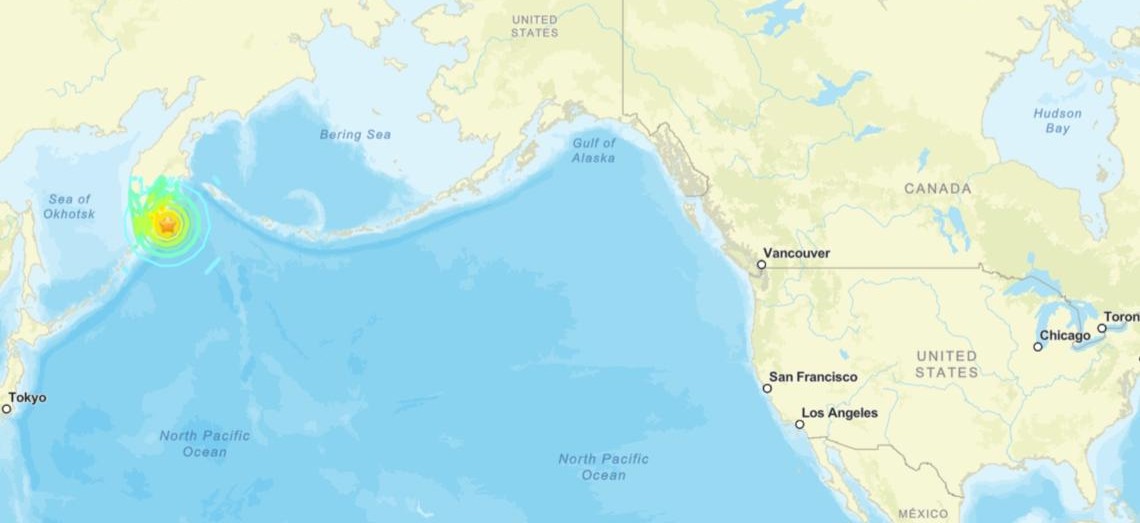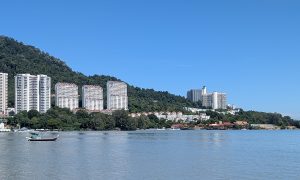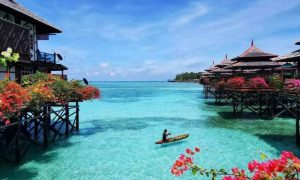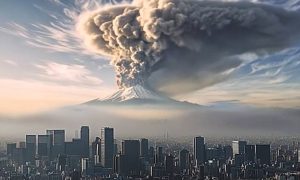A massive undersea quake off Russia’s Kamchatka Peninsula has set off tsunami alerts stretching from Japan to North America, prompting coastal evacuations and urgent warnings from authorities.
Tsunami warnings have been issued for parts of Russia, Japan, Alaska, the US West Coast, and all of Hawaii after a powerful 8.8-magnitude earthquake struck off Russia’s far eastern coast earlier on Wednesday.
No warnings have been issued for any part of Malaysia, including the northern coast of Borneo Island. According to reports, the thousands of islands of the Philippines serve as an effective barrier to any tsunami waves heading southward from the quake’s epicentre.
According to the US Geological Survey (USGS), the undersea earthquake hit about 74 miles (119 kilometers) southeast of Petropavlovsk-Kamchatsky at a depth of 20.7 kilometers. The initial reading of magnitude 8.0 was later revised upward to 8.8. It is the strongest recorded earthquake globally since 2011, when a 9.0-magnitude quake struck northeastern Japan and triggered a catastrophic tsunami.
In Russia’s Kamchatka Peninsula, local governor Vladimir Solodov confirmed a tsunami threat and urged residents to stay away from coastal areas. Authorities reported a tsunami wave reaching 3 to 4 meters in height in the Yelizovo District, though only minimal damage had been reported as of press time.
Japan’s Meteorological Agency also issued a tsunami warning for the Pacific coast, advising that waves of up to 3 meters could reach shore between 10 and 11 a.m. local time. Officials cautioned residents to stay away from beaches and low-lying coastal areas.
In the United States, Hawaii was placed under a tsunami warning, with the National Weather Service (NWS) stating that the first waves were expected to arrive around 7:17 p.m. local time.

“A tsunami has been generated that could cause damage along coastlines of all islands in the state of Hawaii. Urgent action should be taken to protect lives and property,” the NWS said in its advisory.
Tsunami warnings were also issued for Alaska’s Aleutian Islands, while a broader tsunami watch was declared for the west coast of North America, spanning from Canada’s British Columbia down to the US–Mexico border.
The epicentre lies in a geologically volatile region of the Pacific Ring of Fire, where tectonic plates frequently collide, generating both seismic and volcanic activity. Though sparsely populated, the Kamchatka Peninsula is well within this high-risk seismic zone.

In the Russian Pacific island of Sakhalin, located southwest of the quake’s epicentre, residents were being evacuated as a precaution, according to local reports citing Sakhalin Governor Valery Limarenko.
Authorities across the affected regions are continuing to monitor the situation closely as tsunami waves move across the Pacific.

















